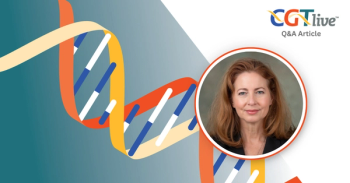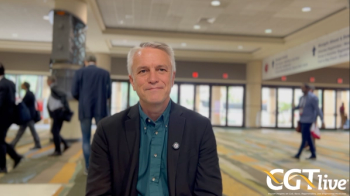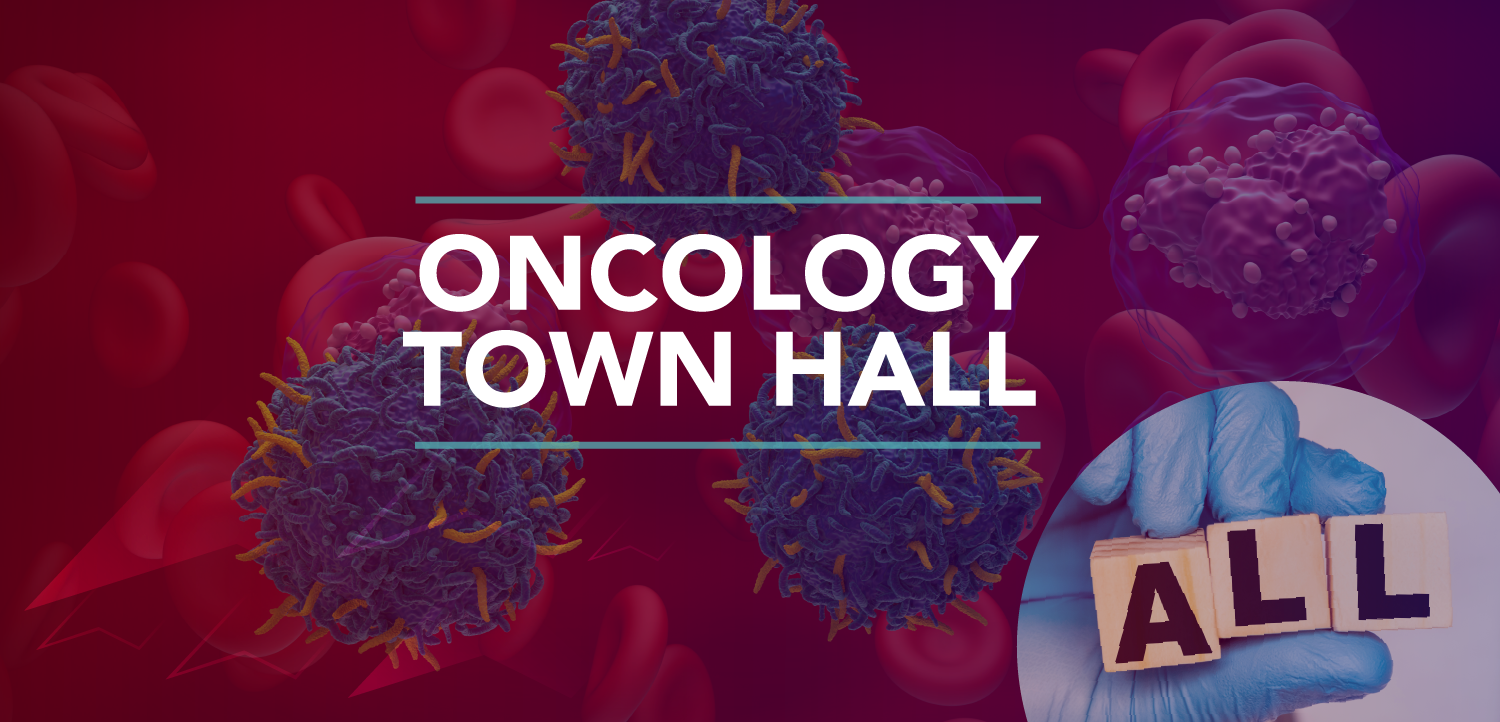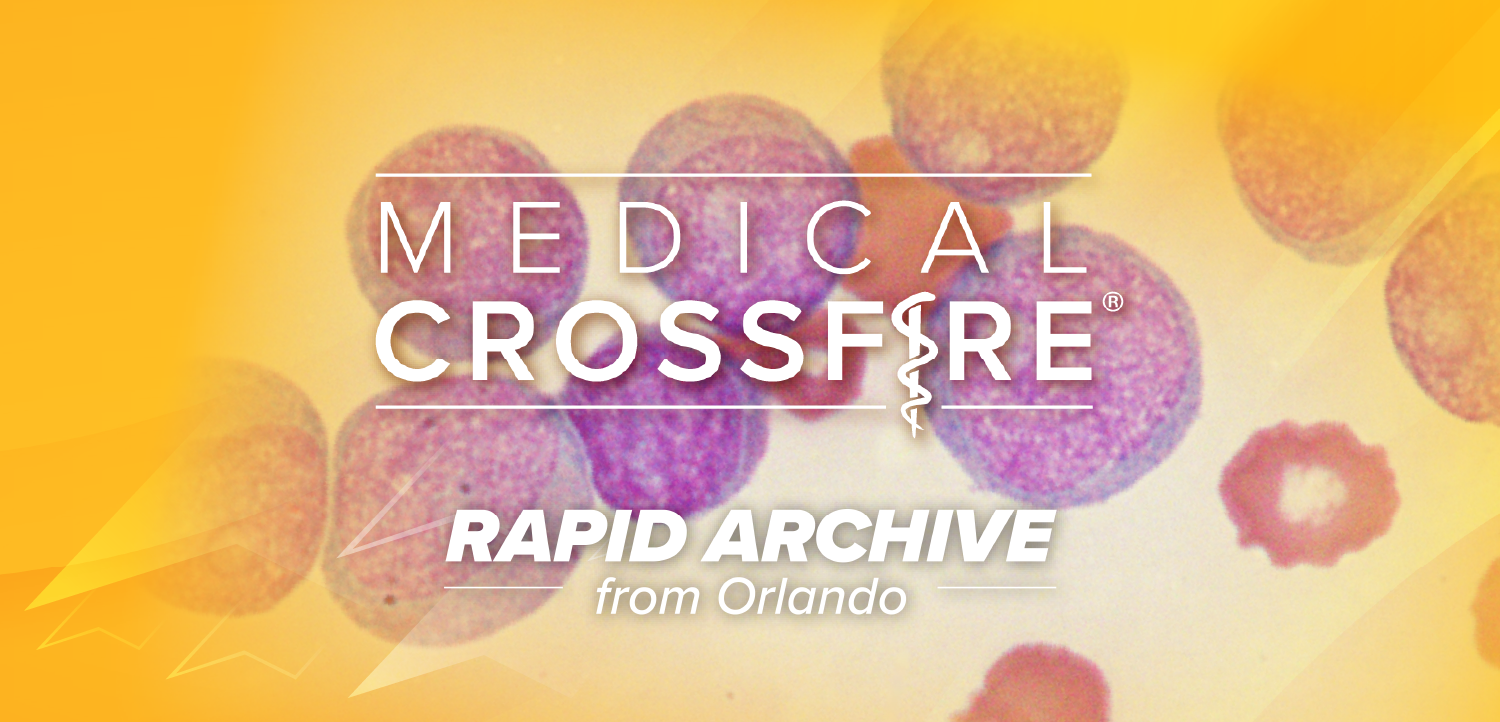
Challenges in Managing Hemophilia: Steven W. Pipe, MD
The director of the Pediatric Hemophilia and Coagulation Disorders Program at CS Mott Children’s Hospital discussed challenges in hemophilia A and B.
“The challenge with traditional factor replacement therapy is these products all have to be given intravenously, they still have a relatively short half-life, even the extended half-life factor products. Most patients are going to have to do a prophylactic infusion at least twice a week. For the extended half-life factor XIproducts... most patients can get by with once-a-week infusions. That’s still 52 infusions a year or over 100 infusions a year if you haveif you have hemophilia B... This is a pretty significant challenge to adhere to these regimens.”
Hemophilia is a growing indication for gene and cell therapies, with multiple companies developing such therapies to address both Factor VIII deficiency in hemophilia A and Factor IX deficiency in hemophilia B. While the competition may be heating up, gene therapy research in the field has been ongoing for years.
GeneTherapyLive had the opportunity to speak with Steven W. Pipe, MD, director, Pediatric Hemophilia and Coagulation Disorders Program, CS Mott Children’s Hospital,and professor, University of Michigan Health, a veteran of the field who has been actively involved in clinical trials and research with gene therapies for both hemophilia A and B.
Pipe has served as an investigator on the pivotal GENEr8-1 (NCT03370913) study of valoctocogene roxaparvovec (val-rox; Roctavian; Biomarin) andthe HOPE-B trial (NCT03569891) of etranacogene dezaparvovec (EtranaDez; AMT-061; UniQure),as well as Bayer’s earlier stage BAY 2599023 program. He also co-authored a paper published in January 2022 exploring novel approaches to treating hemophilia A. In this clip, Pipe discussed the challenges of currently available strategies for managing hemophilia A and B, including adherence to factor replacement therapy.
REFERENCE
Pipe SW, Gonen-Yaacovi G, Segurado OG. Hemophilia A gene therapy: current and next-generation approaches. Expert Opin Biol. Published online January 6, 2022. doi: 10.1080/14712598.2022.2002842
Newsletter
Stay at the forefront of cutting-edge science with CGT—your direct line to expert insights, breakthrough data, and real-time coverage of the latest advancements in cell and gene therapy.

















































